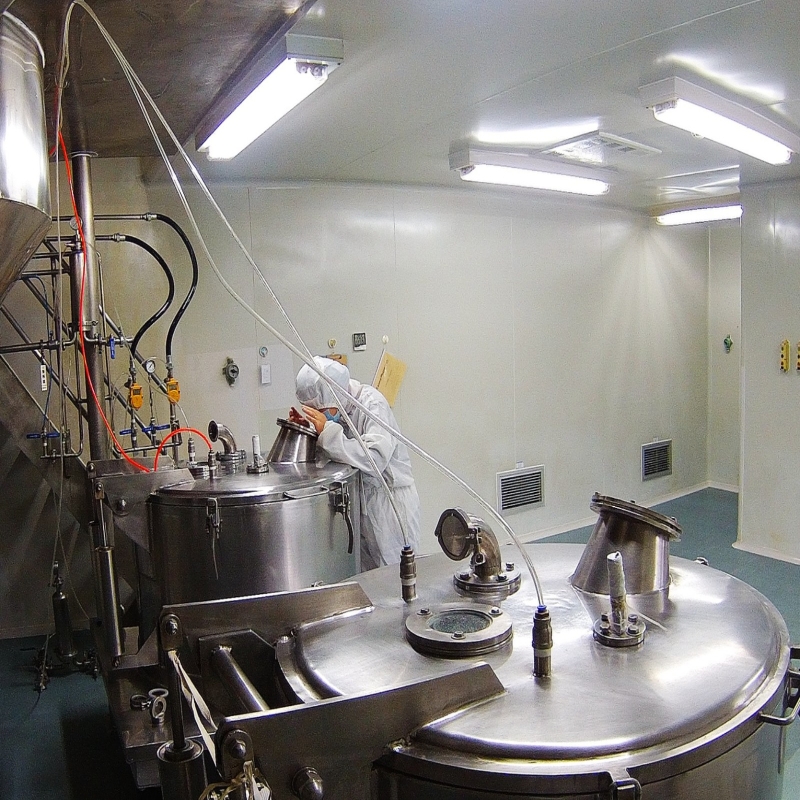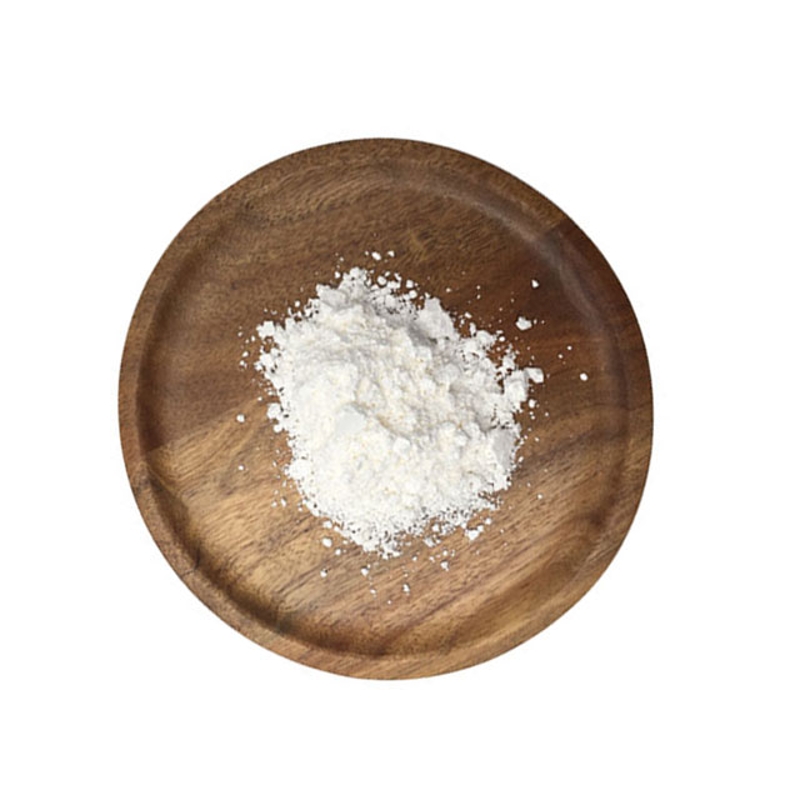-
Categories
-
Pharmaceutical Intermediates
-
Active Pharmaceutical Ingredients
-
Food Additives
- Industrial Coatings
- Agrochemicals
- Dyes and Pigments
- Surfactant
- Flavors and Fragrances
- Chemical Reagents
- Catalyst and Auxiliary
- Natural Products
- Inorganic Chemistry
-
Organic Chemistry
-
Biochemical Engineering
- Analytical Chemistry
- Cosmetic Ingredient
-
Pharmaceutical Intermediates
Promotion
ECHEMI Mall
Wholesale
Weekly Price
Exhibition
News
-
Trade Service
*Only for medical professionals to read and refer to predict postprandial blood glucose, simplifying the medical treatment process
.
Blood glucose monitoring is an important part of the management of type 2 diabetes (T2DM)
.
The blood glucose assessment guidelines of the American Diabetes Association (ADA) and the International Diabetes Federation (IDF) recommend the use of structured self blood glucose monitoring (SMBG) to understand fasting blood glucose (FBG) and postprandial blood glucose (PBG), and to manage patient blood glucose [1]
.
However, the SMBG rate of T2DM patients in China is only 19.
0%-27.
5%, and most patients only detect FBG[1].
The lack of PBG monitoring has hindered the adjustment of T2DM blood glucose management and blood sugar reduction programs
.
Professor Ji Linong from Peking University People's Hospital and Professor Yang Wenying from China-Japan Friendship Hospital jointly constructed a PBG estimation model suitable for Chinese T2DM patients based on glycosylated hemoglobin (HbA1c) and FBG
.
"Medical Endocrine Channel" is fortunate to invite Professor Ji Linong to share the ideas and research focus of PBG estimation model construction
.
The important but not simple PBG management T2DM has become a major chronic disease in China, but the current status of patients’ blood glucose standards is worrying.
Studies have shown that only 39.
7% of adult patients undergoing hypoglycemic therapy achieve their blood glucose control standards (ie HbA1c<7.
0%) [2]
.
Facing the poor blood glucose control of Chinese T2DM patients, Professor Ji said that HbA1c reflects the status of long-term blood glucose management and is the gold standard for patient blood glucose control.
HbA1c is affected by FBG and PBG.
HbA1c compliance is achieved by FBG and PBG.
Result
.
In clinical practice, in patients whose blood glucose control is not up to standard or those who are treated with insulin, the treatment plan is often adjusted by monitoring FBG and pre-meal blood glucose.
When both FBG and HbA1c are up to the standard, it can indicate that PBG is also well controlled; but because China's high-carbohydrate diet or islet function damage is more serious, and patients with T2DM tend to have higher PBG and cannot achieve the blood glucose control goals recommended by the guidelines
.
Postprandial hyperglycemia is closely related to microvascular and macrovascular complications and increased risk of death in patients with T2DM.
PBG is an independent risk factor for all-cause death and cardiovascular death, as well as a predictor of cardiovascular disease and all-cause death [1]
.
Therefore, if FBG is well controlled but HbA1c is still not up to standard, PBG monitoring should be strengthened at this time, the treatment plan should be adjusted, and the HbA1c standard should be achieved by promoting PBG up to the standard
.
Professor Ji shared the difficulties of PBG management in outpatient work.
If you encounter patients whose HbA1c does not meet the standard, especially when the FBG has reached the standard, in order to understand the patient's PBG status, he usually asks the patient to go home and monitor the PBG data for a period of time.
Then go to the outpatient clinic for follow-up
.
The doctor adjusts the plan according to the patient's PBG situation, which not only increases the burden of disease management for the patient, but also causes problems such as inaccurate data due to method errors in patient self-monitoring and inaccurate time, which may reduce patient compliance.
And affect the timely adjustment of the treatment plan
.
In brief, "pre" and complicated, explain the PBG prediction model in detail.
When talking about the key to the construction of the PBG prediction model, Professor Ji said that because PBG is an important indicator for evaluating the patient's blood glucose control in clinical diagnosis and treatment, if the easy-to-detect blood glucose parameter FBG can be used Estimating PBG levels with HbA1c will help patients with T2DM assess the overall blood sugar profile, select appropriate hypoglycemic drugs and follow-up treatment effects
.
In this study, data from two large-scale clinical studies were used to construct and verify a PBG estimation model based on HbA1c and FBG
.
Modeling queue comes from CLASSIFY research
.
The CLASSIFY study is a multi-center, randomized, controlled, open-label, phase IV clinical study with a 26-week treatment period in multiple countries in East Asia
.
Oral hypoglycemic drugs for T2DM patients whose blood glucose is not up to standard were randomly received for 26 weeks with low or medium premixed insulin analogues
.
In the CLASSIFY study, baseline (before insulin treatment) and 26-week blood glucose data were used to construct a PBG estimation model [1]
.
The validation cohort comes from the CLASSIC study
.
The CLASSIC study is a multi-center, open-label, randomized, parallel, 24-week, practical Phase IV clinical study conducted in China
.
Oral hypoglycemic drugs for T2DM patients whose blood glucose is not up to standard were randomized to receive 24 weeks of premixed insulin analogue or basal insulin analogue treatment
.
The baseline data of patients in the CLASSIC study and the blood glucose data after 24 weeks of medication were used to verify the PBG estimation model [1]
.
A total of 756 observations at baseline and 26 weeks were included in the modeling cohort.
The average levels of HbA1c, FBG, and 2h-PBG were 7.
8%±1.
3%, 8.
3±2.
3 mmol/L, and 11.
4±3.
7 mmol/L, respectively
.
The verification cohort included 1027 data at baseline and 24 weeks.
The average levels of HbA1c, FBG, and 2h-PBG were 8.
7%±1.
8%, 9.
6±2.
9 mmol/L and 13.
7±4.
6 mmol/L, respectively [1]
.
The prediction model obtained from the training queue data is [PBG (mmol/L) = 1.
5 × HbA1c (%) + 0.
5 × FBG (mmol/L)-4.
1]
.
Using this model to predict the 2h-PBG of patients in the validation cohort, the average level of the predicted value is 13.
8±3.
7 mmol/L, which is close to the actual average level (13.
7±4.
6 mmol/L), with a difference of 0.
1 mmol/L[1]
.
The PBG prediction model helps patients to fully meet the blood glucose standard.
The results of the verification cohort show that the average difference between the predicted PBG and the measured PBG is 0.
1 mmol/L [1].
Patients only need to monitor FBG regularly for a period of time, combined with HbA1c to understand the PBG situation, reducing patient monitoring The frequency of blood glucose indicates that the PBG prediction model has a certain practicability in clinical practice
.
Based on clinical practice, Professor Ji talked about that when outpatients encounter patients whose FPG meets the standard but HbA1c does not meet the standard, patients with a higher risk of hypoglycemia or high blood glucose fluctuations, when clinicians need to understand the patient’s PBG situation, they can use the FBG prediction model to get the results.
PBG predicted value
.
If the PBG predictive value is high, the patient's treatment plan can be adjusted according to the predictive value.
For example, patients treated with oral medications can be combined with drugs that control PBG better or increase the dose of drugs that control PBG; basal insulin regimens postprandial blood glucose and Patients with poor HbA1c control can be changed to premixed insulin analog therapy in time
.
This helps to reduce the number of patients' repeated visits, reduce the burden of visits, and improve patient compliance
.
Summary Due to the high-carbohydrate diet or the serious damage of pancreatic islet function, the PBG of T2DM patients in China is often higher, which leads to increased HbA1c and daytime blood sugar fluctuations, and chronic complications such as diabetic microvascular complications and macrovascular complications also follow.
Come, which brings about the dilemma of diabetes management
.
The PBG prediction model provides an easy-to-use method for predicting PBG based on HbA1c and FBG for adult T2DM patients receiving oral medication or insulin therapy, which helps to improve the management of T2DM patients in clinical practice
.
Expert profileProfessor Ji Linong, director of the Department of Endocrinology, Peking University People’s Hospital, director of the Peking University Diabetes Center, chairman of the Endocrinology and Metabolic Disease Branch of the Chinese Society for Geriatric Care, Vice President of the Chinese Stroke Society, Vice President of the Endocrinology and Metabolism Physicians Branch of the Chinese Association of Physicians; Chairman of Diabetes Branch of Chinese Medical Association, Vice Chairman of International Diabetes Federation, Chairman of International Diabetes Federation Western Pacific Region (IDF-WPR) References: [1] Zhang Xuelian, et al.
Chinese Journal of Diabetes.
2021,13(7):702- 707.
[2] Xu Y, Wang L, He J, et al.
Prevalence and control of diabetes in Chinese adults[J].
JAMA, 2013, 310(9):948-959.
-End-Approval code: PP- HI-CN-5361 "This article is only used to provide scientific information to medical and health professionals, and does not represent the platform's position.
" For submission/reprint/business cooperation, please contact: pengsanmei@yxj.
org.
cn







